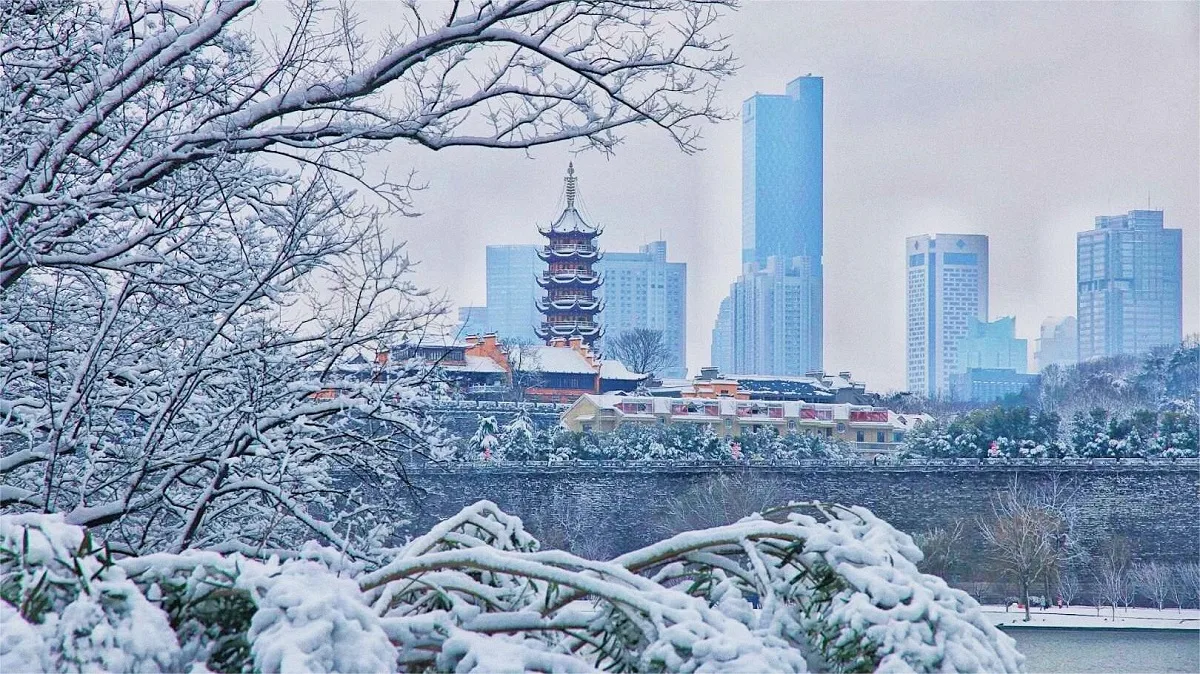Before Beijing became the capital of China, Nanjing held that distinction during various periods in Chinese history. Nanjing, which means “Southern Capital,” has a rich and complex history as a significant political and cultural center. Here is a detailed introduction to Nanjing:
Historical Overview
Early History
Nanjing’s history dates back to the Three Kingdoms period (220-280 AD) when it served as the capital of the Eastern Wu state. Its strategic location on the Yangtze River made it an important military and political hub.
Six Dynasties Period
During the Six Dynasties period (220-589 AD), Nanjing was the capital of several Chinese dynasties, including the Eastern Jin and Southern Dynasties. This era marked significant development in culture, arts, and architecture in the region.
Ming Dynasty
Nanjing’s prominence as a capital city was solidified during the early Ming Dynasty (1368-1644). Zhu Yuanzhang, the founder of the Ming Dynasty, declared Nanjing the capital when he established his rule in 1368. During this period, the city saw considerable expansion and construction, including the building of the formidable city wall, which is one of the largest city walls ever constructed.
Taiping Rebellion
In the mid-19th century, Nanjing was the epicenter of the Taiping Rebellion (1850-1864). The Taiping Heavenly Kingdom established Nanjing as its capital and renamed it Tianjing, meaning “Heavenly Capital.”
Republic of China
In the 20th century, after the fall of the Qing Dynasty, Nanjing was designated as the capital of the Republic of China in 1927. It remained the capital until 1949, when the People’s Republic of China was established, and the capital moved to Beijing.
Cultural and Historical Significance
Architectural Heritage
Nanjing is renowned for its historical architecture. Key sites include the Ming Xiaoling Mausoleum, the tomb of the Hongwu Emperor, founder of the Ming Dynasty, and the Nanjing City Wall. The wall, stretching over 20 miles, exemplifies the advanced engineering and architectural prowess of the time.
Educational Institutions
Nanjing is home to some of China’s oldest and most prestigious educational institutions, such as Nanjing University, which traces its origins back to 258 AD.
Museums and Historical Sites
The city houses numerous museums and historical sites, including the Nanjing Museum and the Memorial Hall of the Victims in Nanjing Massacre by Japanese Invaders. These institutions preserve the rich history and tragic events that have shaped the city’s past.
Modern Nanjing
Today, Nanjing is a thriving metropolis, blending ancient traditions with modern development. It is an important center for education, research, transportation, and tourism. The city’s scenic spots, such as the Qinhuai River, Purple Mountain, and Xuanwu Lake, attract millions of visitors each year.
Nanjing’s role as a former capital city and its enduring historical and cultural legacy make it a vital part of China’s heritage. Its evolution from an ancient capital to a modern city reflects the dynamic history of China itself.


